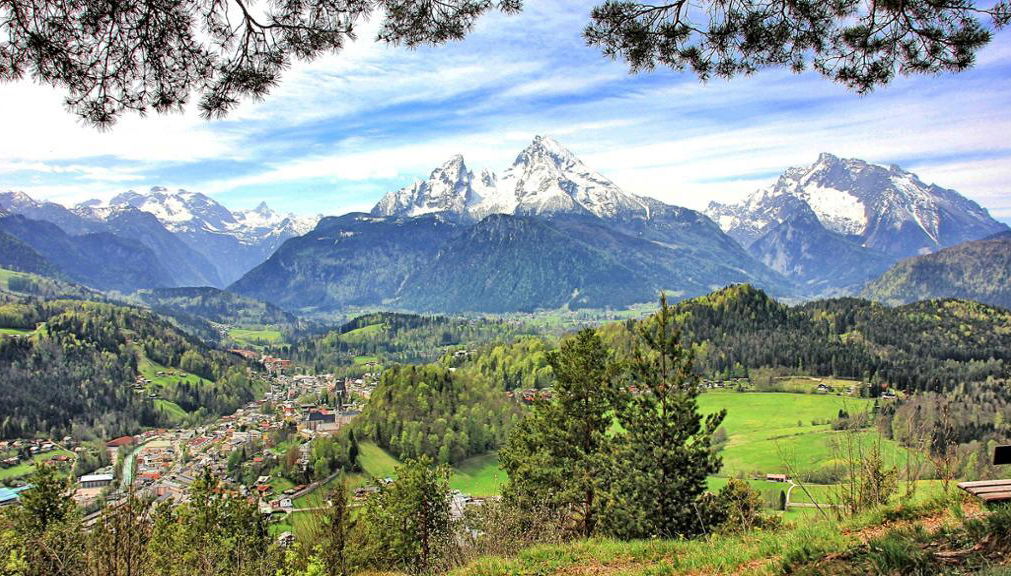
Berchtesgaden Private Walking Tour
This quaint alpine village has seen millennia of history and was named after a pagan Goddess. Highlights. Ancestral importance of the salt mines. Stone age inhabitants. First historical records in 1102.
- 1 hour
- Guide included
This quaint alpine village has seen millennia of history and was named after a pagan Goddess.
Highlights
Ancestral importance of the salt mines
Stone age inhabitants
First historical records in 1102
Origin of the name connected to a pre-Christian Alpine Goddess named Perchta
Prince provosty of Berchtesgaden and Emperor Barbarossa
30 Years War *Secularization and annexation to Bavaria
Royal residency and the arrival of tourism in the 19th century
Why it was Prince-Regent Luitpolds favorite hunting location every autumn
A favorite place among artists like Carl Rottmann, Caspar David Friedrich, Ludwig Ganghofer, and the Norwegian authors Jonas Lie and Henrik Ibsen
First World War and the Republic of Weimar
The second official residence of the crown princes of Bavaria until the rise of Hitler to power
The nazis and the arrival of Hitler
Hitler’s mentor Dietrich Eckart and his relation to Berchtesgaden
Berchtesgaden Meeting of 1938
Obersalzberg and the building of the nazi headquarters
Eagles Nest (Kehlsteinhaus)
Berchtesgaden as a symbol of nazi power
Allied bombardment and the survival of the city
American military base from ‘45 until ‘96
Transformation of Berchtesgaden into a National Park and a UNESCO Biosphere Reserve
From prehistory to Celtic times, early medieval to the nazi rule, Berchtesgaden stayed a hotspot. As a town, its roots go back to 1102 AD, and its existence is deeply connected to the salt mines in this town that enriched the entire region, therefore passing hands from nobility and clergy until it joined Bavaria in 1810. On the foothills of the famous Watzmann mountain seen in “The Sound of Music”, it is no wonder that even the bavarian royalty chose it as one of their residences. Later on, Adolf Hitler took an interest as well, later building his mountain residence at Obersalzberg and making Berchtesgaden a nazi stronghold during World War II.
The war did not hinder the beauty of this city, fortunately, and today we can enjoy its fresh mountain air as clean as it ever was. This tour will give all the hindsight on these and many more details, stories and less known facts about a little alpine town that once had a hand in international affairs.
Points of Interest
• Market Square (Marktplatz)
• Market Street (MarktStraße)
• Town Hall (Rathaus)
• Monkey Facade
• Mother and Child Fountain (Mutter-Kind-Brunnen)
• Deer House (Hirschenhaus)
• Gasthof Neuhaus
• Well Ducats Fountain
• Calves Hill (Kälberstein)
• Brine Line Cliff Walk (Soleleitungssteg)
• Christmas Shooters Square (Weihnachtsschützenplatz)
• View of the Schloss Berchtesgaden (Royal Palace & Collegiate Church)
Prices
Included
- Guide
Not included
- Entrance fee


